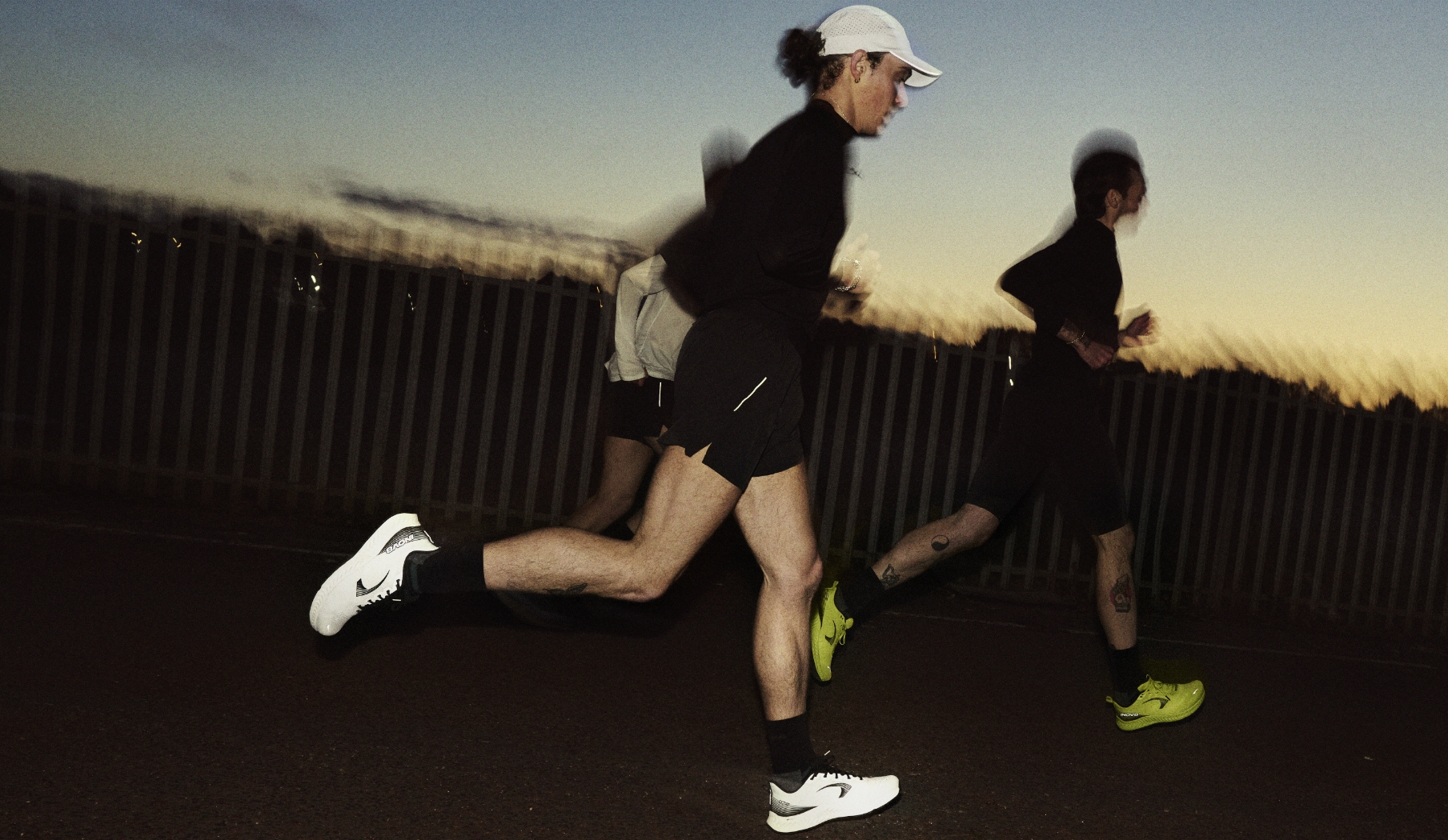
Whether you’re a night owl or an early riser, running in the dark is an amazing experience. The tranquillity of having the streets or the trail to yourself can be one of the best things about running.
But with the darkness comes additional hazards. A bit of preparation before you head out the door can help keep you safe if the unexpected happens.
We’ve asked our athletes for their top tips for running in the dark – and thrown in a few of our own for good measure. By following this advice, we hope you’ll have a safe and enjoyable run, next time you don your head torch!
1. DITCH THE HEADPHONES
Headphones help you block out your surroundings, which is the opposite of what you want when running in the dark! Traffic, the noise of an unseen stream, people nearby – these are all things you’ll want to hear.
One of the joys of running in the dark is the stillness and the quiet, so keep the headphones for daytime running or the gym.
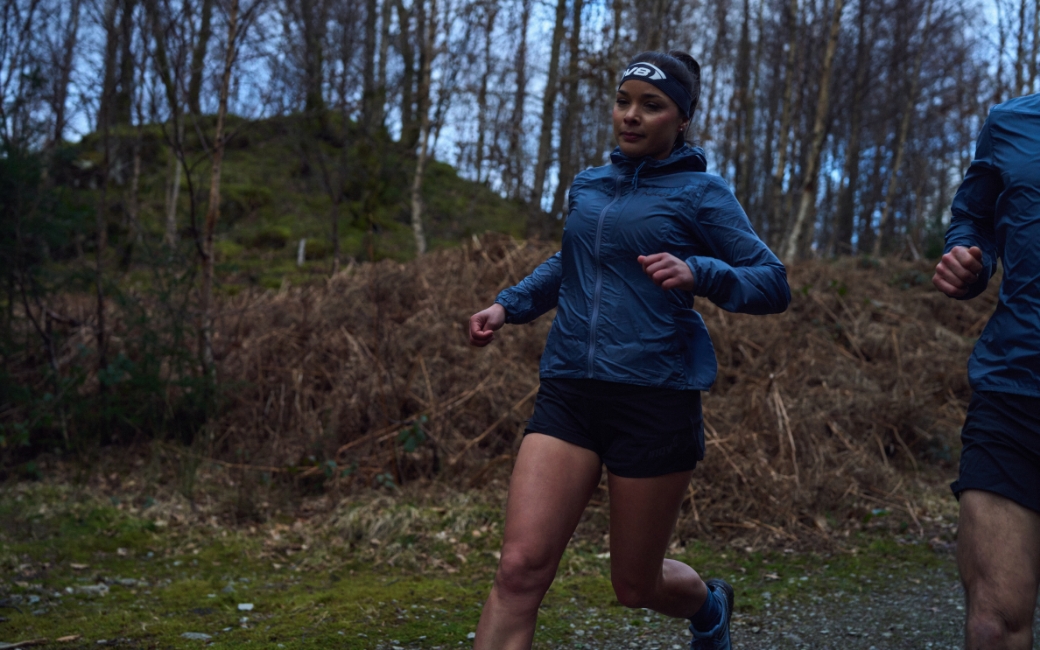
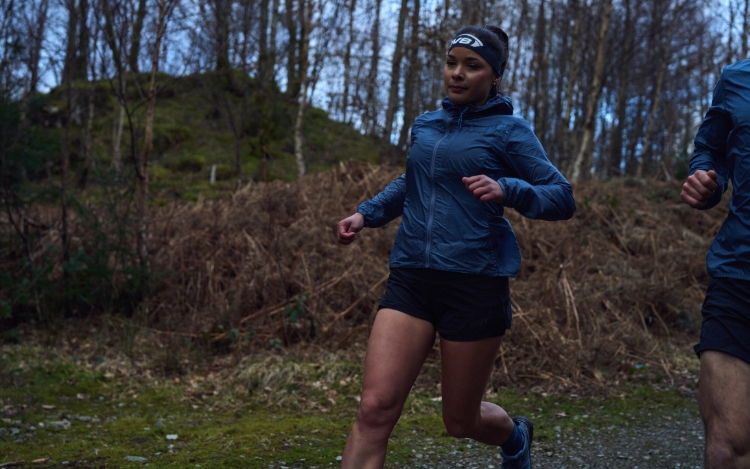
“Ditch the headphones: stay aware of your surroundings and enjoy the serenity of night running.”
Sarah Perry
2. TRAIN ON A FAMILIAR, LOOPED ROUTE
“Train in the dark locally on trails you know before venturing further afield.”
Jack Scott
Running on a route you’re familiar with is a good idea, particularly shorter loops you can repeat. There’s less chance of getting disorientated or lost and it also offers opportunities for escape routes if things aren’t going to plan.
3. LEAVE SPEED WORK TO THE DAYTIME
You’ll be slower running in the dark, so do quicker training sessions in the daylight if you can. In the dark your depth perception isn’t as good, and it’s harder to spot obstacles such as curbs, potholes, etc. It’s safer to run slower so you have more time to react.
4. RUN WITH A FRIEND
It’s safer to run with somebody else in the dark. If something goes wrong, you’ll have someone with you to help.
5. ALWAYS LET SOMEONE KNOW YOUR PLANS
Whether you’re running late at night or early in the morning, let someone know:
- What time you’re leaving
- The route you’ll be running
- What time you expect to be back
- If you’re not back in time, they will then be able to give you a call to check in, or to organise a search.
6. GET A GOOD HEAD TORCH
Investing in a good head torch is essential for those dark early morning or night runs. Even for urban or well-lit routes, there will likely be patches where there is low visibility. A head torch also has the benefit of making you more visible to other people or cars.
Some head torches have an integral battery that needs to be charged, others rely on external batteries, and some have both. Make sure you check your head torch works before you leave for your run.
“The brighter the head torch the faster you'll run. But check torch battery is well charged.”
Damian Hall
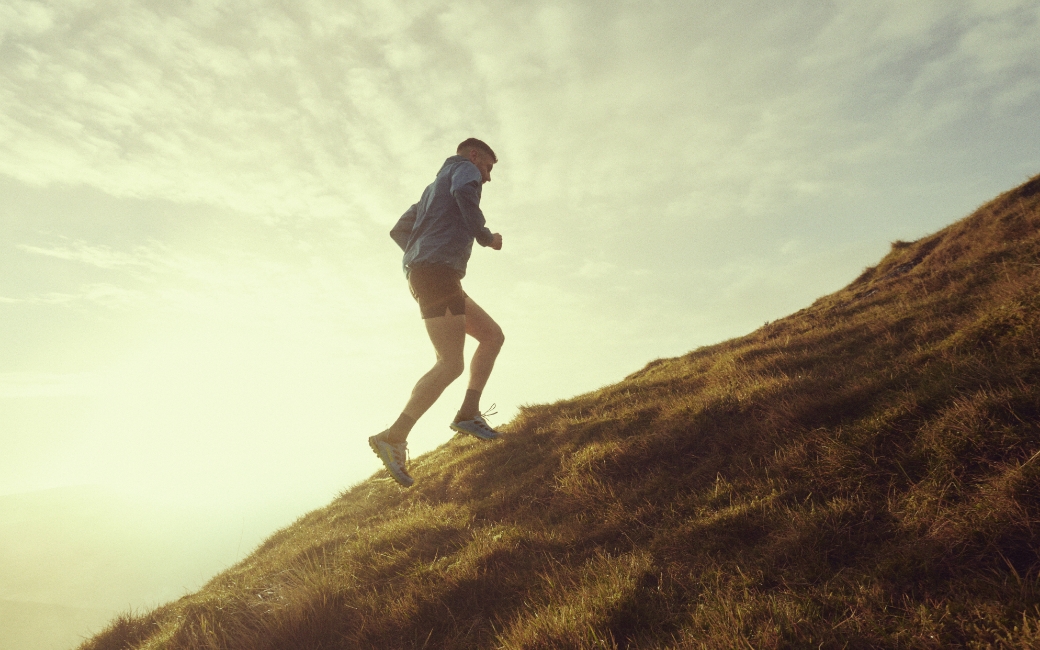
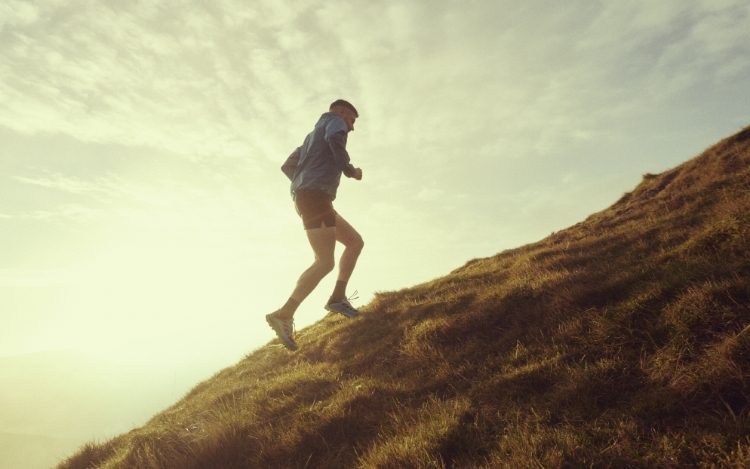
“Get a head torch you can trust and get into the habit of recharging it after your run.”
Andy Berry
“A good head-torch is a must. They're not too expensive for a reasonable one. I have one with a rear red light, which is great for being noticed when road and trail running.”
Tom Roger Adams
7. TAKE SPARE BATTERIES OR A SPARE HEAD TORCH
It’s sensible to expect your head torch batteries to fail during your run – particularly during a longer session or race. Carry spare batteries, or even a spare head torch if you can.
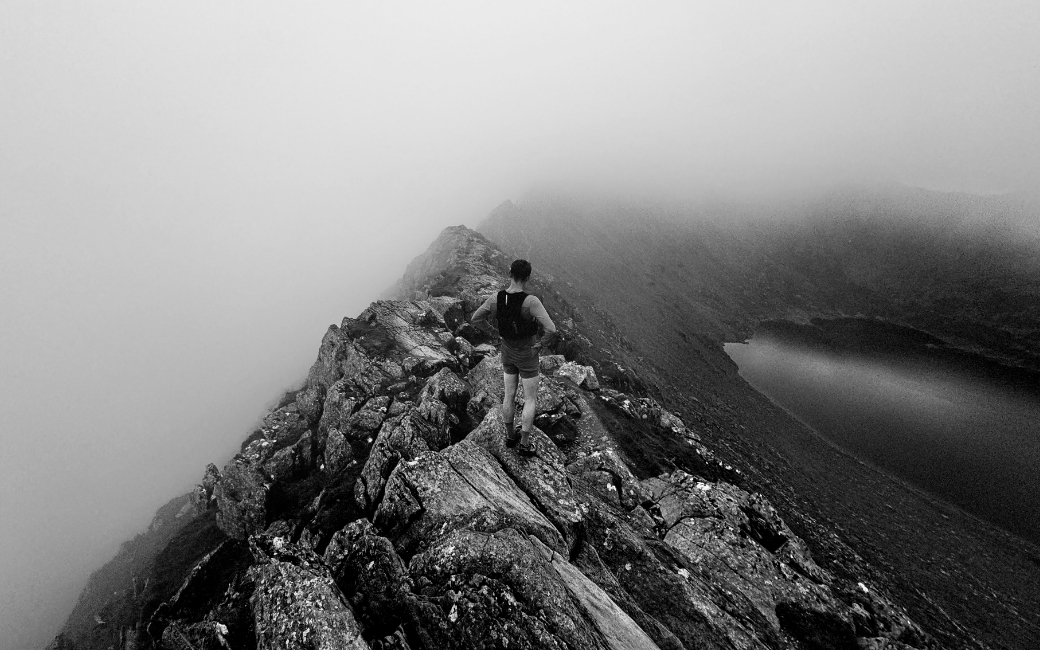
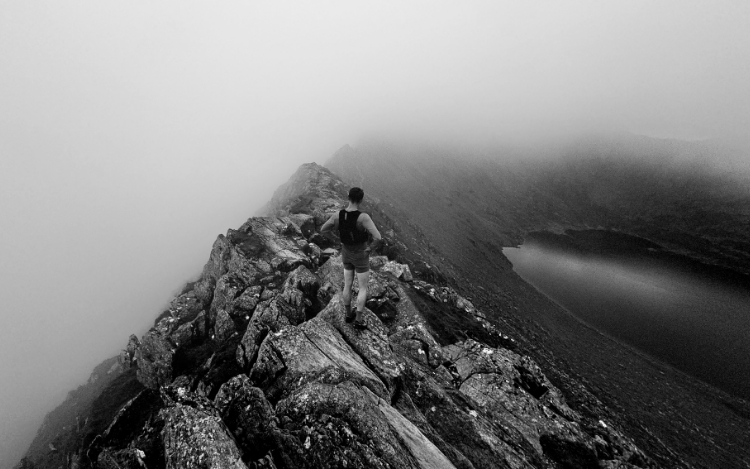
“Make sure you have your spare batteries nestled conveniently in your pack. You don't want to be taking your bag off and rummaging for batteries in the dark.”
Jack Scott
“If out on the trails or hills, always take two head torches as it's hopeless trying to change batteries when your torch fails.”
Nicky Spinks
If you’re trail running in the dark, it can pay to take a hand torch in addition to your headlamp. Fog, rain and snow can all reduce visibility, so using a hand torch can help you see just that bit further ahead.
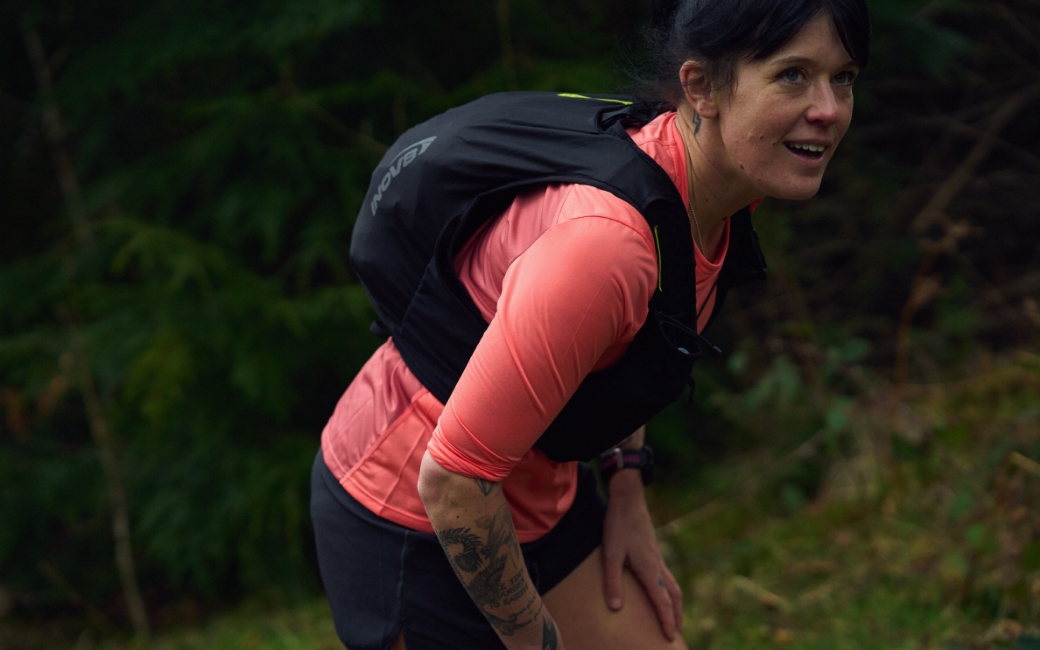
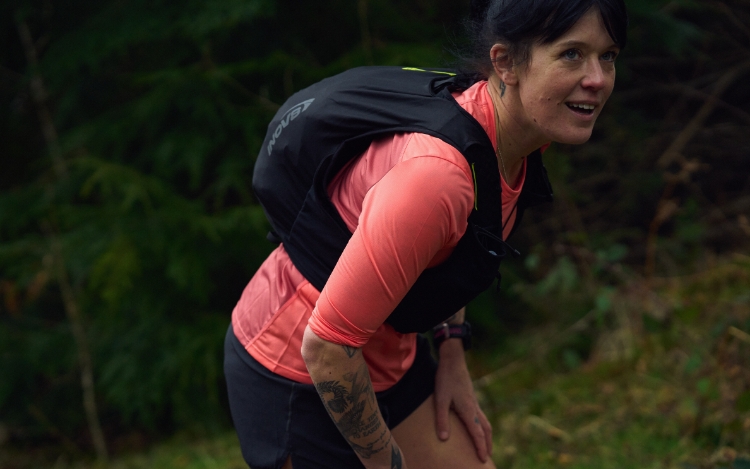
“Buy a small hand torch to compliment your head torch - being able to shine it ahead of you is brilliant on technical trail when it’s raining or claggy.”
Allie Bailey
9. RUN AGAINST ONCOMING TRAFFIC
When running on roads make sure you wear a head torch. Run the same side of the road as oncoming traffic to reduce the chance of a car coming up behind you. Take care around blind corners too by slowing down/walking and taking the corner wide so that road users have the best chance of seeing you.
Ideally though, avoid running on roads altogether in the dark – particularly on busy routes. Stick to footpaths or go off-road instead.
10. WEAR CLOTHING WITH REFLECTIVE DETAILING
Reflective logos or panels on clothing can make you just that bit more visible to motorists when it’s dark. Make sure you wear running gear with reflective detailing.
11. KNOW WHERE EVERYTHING IS IF YOU’RE WEARING A PACK
Pack your bag in such a way that you can easily access important kit such as:
- Spare head torch and/or batteries
- Gloves, neck warmer and hat
- Windproof or waterproof jacket
- Gels or food
“Always pack your rucksack so you know where stuff is - this minimizes the risk of losing things as you're rummaging around.”
Nicky Spinks
12. TAKE A PHONE
A phone can be a literal lifesaver if things go wrong. Not only can you call for help, but you can also share your location while running so people know where you are. If you need to be rescued, apps like what3words can guide people to your precise location.
Make sure you keep your phone in a watertight bag or case and stash it in your waist pack or hydration vest.
13. CONSIDER A REAR RUNNING LIGHT FOR URBAN/ROAD RUNS
Rear lights can help cars and cyclists see you if they’re approaching from behind. You can get rear running lights relatively cheaply, which just clip on to your clothes. Alternatively, some head torches also have a red rear light.
14. TAKE A MOMENT TO ENJOY IT
Running in the dark can be a fantastic experience. There tends to be little or no noise compared to running in the daytime, making it a much calmer, serene experience. If you’re running on trails in particular you may get a rare chance to see the stars without light pollution obscuring them - take a moment to enjoy it!
“It's a bit weird but try and stop on a night run and switch your head torch off. I like to go up the top of my local moor, switch off my light and just appreciate the tranquillity.”
Tom Roger Adams
